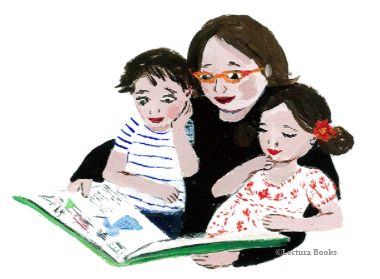Scaffolding in Literacy with Preschoolers
Using scaffolding in literacy with preschoolers is a highly effective way to teach this unique age group. In fact, considerable research indicates that scaffolding cannot only help these kids in building a firm foundation of their reading and writing abilities but can assist greatly in them becoming exemplary students in their K-12 years.

Some well-known scaffolding techniques with preschoolers include prompting kids to explore various ideas, building on previous knowledge and asking questions. Teachers can also continue the exploration process through projects and hands-on learning. According to an article in the online educational magazine Teaching Tolerance, scaffolding works far better for all students, including preschoolers, than recall or memorization tasks.
Contained within the scaffolding approach is the term “the zone of proximal development.” In a study presented by the ASHA Organization, it is defined as the space between what a student knows and can do on his or her own and what the child can do with assistance from the teacher.
This study was conducted around a storybook reading comprised of a small group of preschoolers. The teacher used scaffolds of varying intensities ranging from least intensive up to most intensive. The purpose was to see how well their predictions would be related to events that took place in the story. The scaffolds presented were: nonverbal, model/TPR (Total Physical Response), question and direction. At its completion, all of the preschoolers were able to make strong, accurate predictions regarding the story.
In addition to this study, an article titled “The Essentials of Early Literacy Instruction” describes the benefits that play has in developing literacy in children. For instance, it states that a play environment filled with literacy-enriched material is invaluable in promoting the written and spoken word. In essence, using scaffolding with preschoolers is a terrific way to provide connected, engaged learning, and depending on its level of intensity, it also allows the child to go at his or her own pace.
Finding educational programs that support ELL students’ first language, such as The Latino Family Literacy Project, can make an enormous difference on their academic and language acquisition success.
